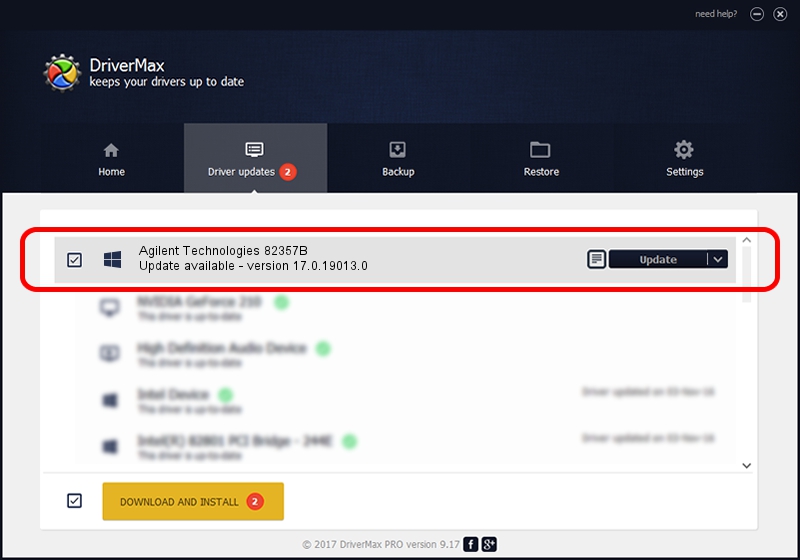
If you have new Raspberry Pi 3.0, then you’d find using python script rpi-source very useful to pre-install kernel sources and headers.There is known issue with newer kernels 4.x.x and linux-gpib (] 6.58M 1.58MB/s in 4.2s If you need to setup system from scratch on blank SD card, suggest to reference that article first. Linux version used was RASPBIAN Debian Wheezy, which we already go through basic setup doing I2C stuff before, in this article. Raspberry Pi setupĪll information below is tested on Raspberry Pi 1 model B revision 2, using on-board USB connection. If you have National GPIB pod, such as GPIB- USB-HS, you can check similar article regarding it’s use and setup right here.Įnough hardware, let’s dig into Linux world to set everything up, using one of clones to this 82357B, acquired from eBay seller. Somebody even reverse engineered schematics of it. While genuine unit price ~570 USD new, there are lot of clones and compatible units are available on secondary market as well. There are multiple versions of USB- GPIB interfaces, but this article is tailored to Keysight’s 82357B. Agilent/Keysight 82357B dongle overviewįirst, let’s take a look on hardware interface which we will be using in this tutorial.


Often simple plugging GPIB adapter into system and expecting things to work cause havoc and countless hours wasted, resolving dependencies, compiling pieces of code, tweaking kernels and such. But if you go little aside, using Linux-based OS, things get tricky very quick, especially for engineers who are not familiar of *nix environment and way of things.
Agilent 82357b driver download Pc#
Using PC is easiest thing, especially Windows-based machines, as most of vendors already supply ready to use libraries and packages to interface their instruments via GPIB. All these usually require a host GPIB controller to run program and issue operations over the bus. Majority of production systems and automated measurements setups using GPIB for decades already.

While GPIB interface is slowly replaced by USB, LAN and other less popular modern interfaces, lot of instrumentation are still rely on GPIB as industry standard.


 0 kommentar(er)
0 kommentar(er)
